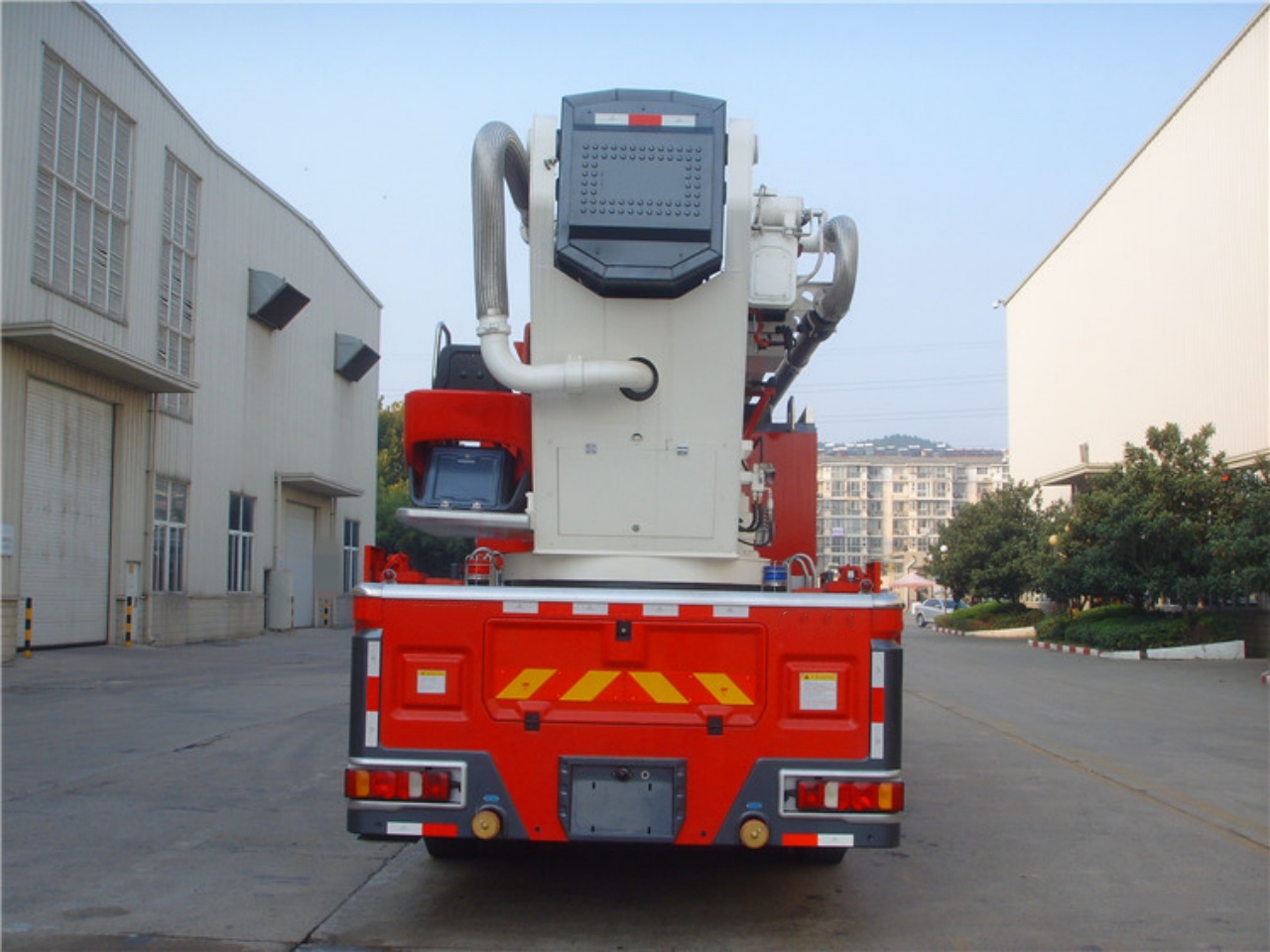Fire tenders are 1 of the most recognizable emergency response vehicles worldwide. They are commonly seen rushing through traffic, sirens wailing and lights flashing, on their way to save lives and protect property. But what exactly is a fire tender? How is it different from other firefighting vehicles? And what roles does it play in firefighting and rescue operations? This article explores the definition, functions, components, and types of fire tenders to provide a comprehensive understanding of these vital machines.
Definition of a Fire Tender
A fire tender, also known as a fire engine or fire truck, is a specialized vehicle designed primarily for firefighting operations. It serves as a mobile hub for transporting firefighters, equipment, water, and other essential tools to the scene of a fire or other emergency. While “fire tender,” “fire engine,” and “fire truck” are sometimes used interchangeably, the terminology can vary based on country and the specific role of the vehicle.
In general, a fire tender focuses on water supply and basic firefighting operations, whereas other fire apparatus may specialize in rescue operations, aerial firefighting, or hazardous material handling.
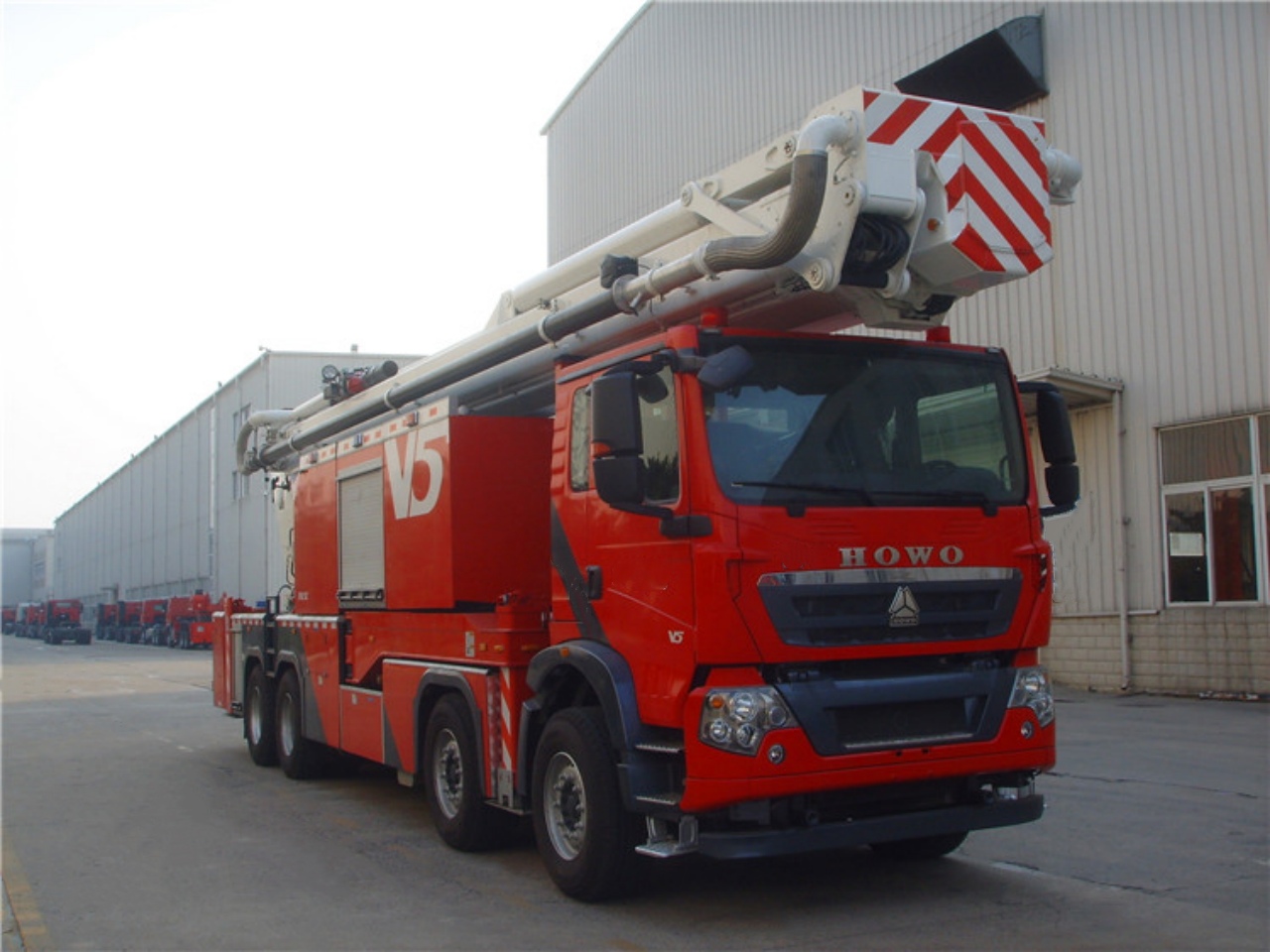
Primary Functions of a Fire Tender
Fire tenders are designed to perform several critical functions, including:
1. Transporting Firefighters and Equipment
One of the most basic functions of a fire tender is to carry a team of trained firefighters to the incident site along with their gear. This gear can include hoses, nozzles, ladders, axes, breathing apparatus, fire extinguishers, and protective clothing.
2. Supplying Water
Fire tenders typically carry their onboard water tanks, ranging from a few hundred to several thousand liters. In addition, they are equipped with high-capacity pumps that can draw water from external sources like fire hydrants, lakes, or rivers. This makes them invaluable in areas where water access is limited.
3. Pumping and Hose Deployment
Fire tenders feature powerful pumps—sometimes rated at up to 3,000 liters per minute or more—that deliver water through hoses at high pressure. These hoses can be manually operated or connected to water cannons (monitors) mounted on the vehicle.
4. Firefighting Support
Beyond water and personnel transport, fire tenders carry foam systems, first aid supplies, lighting equipment, communication tools, and sometimes even hydraulic rescue tools such as the “jaws of life” used in vehicle extrications.
Key Components of a Fire Tender
A typical fire tender is made up of several critical components, each contributing to its effectiveness:
1. Chassis and Cab
The chassis is the backbone of the fire tender. It must be durable enough to support heavy loads and drive through tough terrains. The cab houses the crew, usually accommodating up to 6 firefighters. Some tenders have an extended cab for larger crews or added storage.
2. Water Tank
The onboard water tank is essential for quick-response situations where external water sources are unavailable. Capacities range from 1,000 to 10,000 liters, depending on the design and purpose of the tender.
3. Pump System
The pump system is the heart of the fire tender. It draws water from the tank or an external source and delivers it through hoses under high pressure. Most modern tenders have multi-stage centrifugal pumps for adjustable pressure and flow rates.
4. Hose Reels and Storage
Various types of hoses are stored onboard, including delivery hoses, suction hoses, and reel hoses. Fire tenders often feature side compartments or top-mounted racks for organized storage and quick deployment.
5. Foam System
In cases where water alone is insufficient, such as chemical fires or flammable liquid fires, tenders are equipped with foam proportioning systems. These mix foam concentrates with water to suppress fires more effectively.
6. Tools and Rescue Gear
Axes, pry bars, portable ladders, medical kits, fire blankets, and gas detectors are common items stored on fire tenders. In urban environments, tenders may also carry rescue gear for collapsed structures or road accidents.
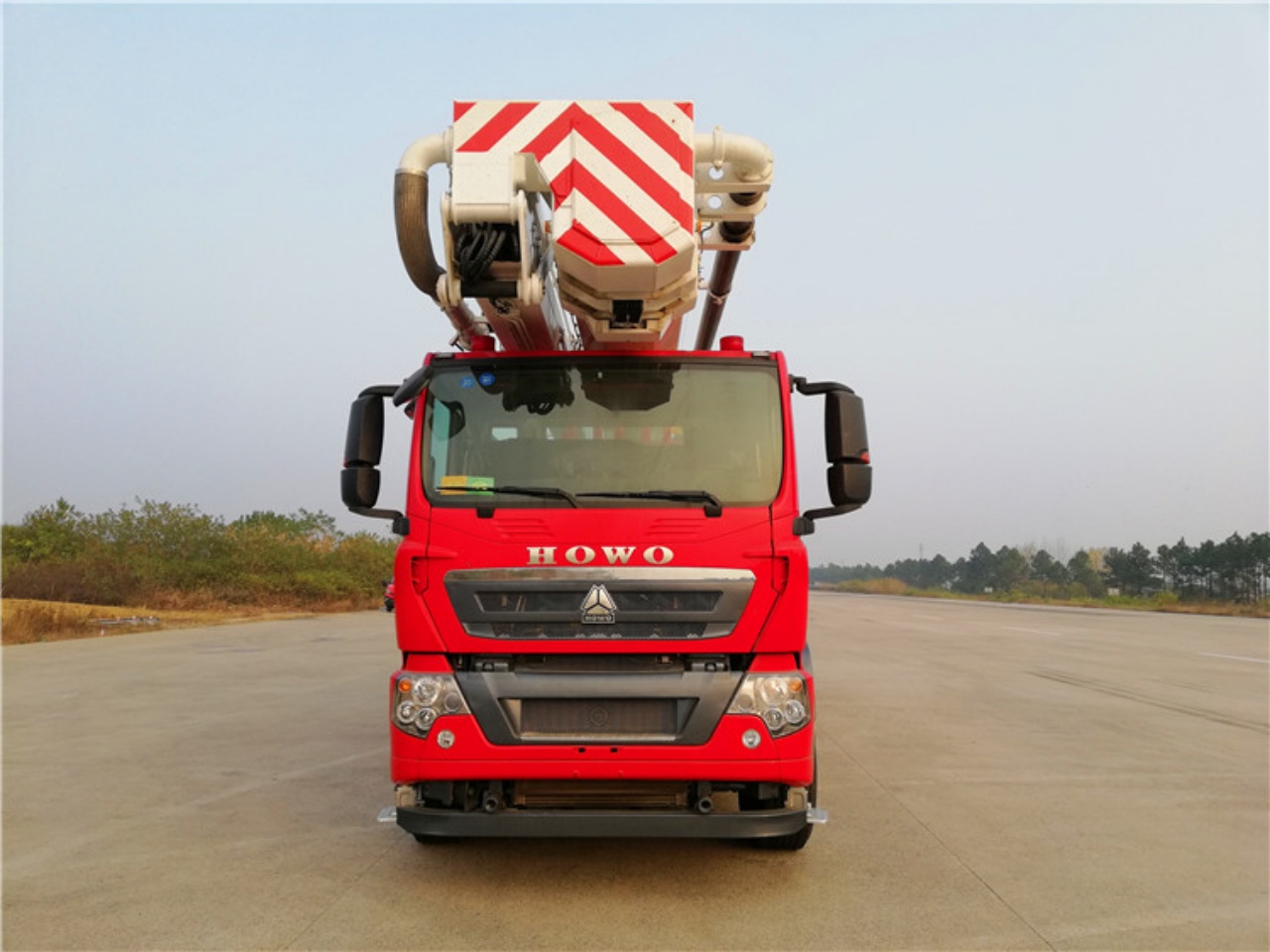
Types of Fire Tenders
There are several types of fire tenders, each tailored for specific tasks:
1. Water Tender
This is the most basic type, designed primarily to transport water and pump it through hoses. It is commonly used in rural or remote areas where hydrants are unavailable.
2. Foam Tender
Foam tenders are equipped with large foam tanks and proportioning systems. They are used in environments with a high risk of flammable liquid fires, such as airports, chemical plants, and oil refineries.
3. Rescue Tender
This type focuses more on rescue than on firefighting. It carries specialized tools for vehicle extrication, structural collapse rescue, and confined space entry.
4. Combined Fire and Rescue Tender
Many modern fire services use multi-role tenders that combine water pumping, foam systems, and rescue equipment into a single vehicle for flexibility.
5. Airport Crash Tender
These are high-speed, high-capacity vehicles specifically designed for aircraft emergencies. They carry enormous amounts of foam and dry chemicals and are capable of off-road travel on runways and surrounding areas.
Differences Between a Fire Tender and a Fire Truck
While often used interchangeably, “fire truck” and “fire tender” can imply different functions depending on the region:
- In the UK and Commonwealth countries, “fire tender” usually refers to a water-carrying vehicle with basic firefighting equipment.
- In the US, a “fire engine” is typically equivalent to a fire tender, while a “fire truck” often refers to a vehicle with aerial ladders and more specialized tools.
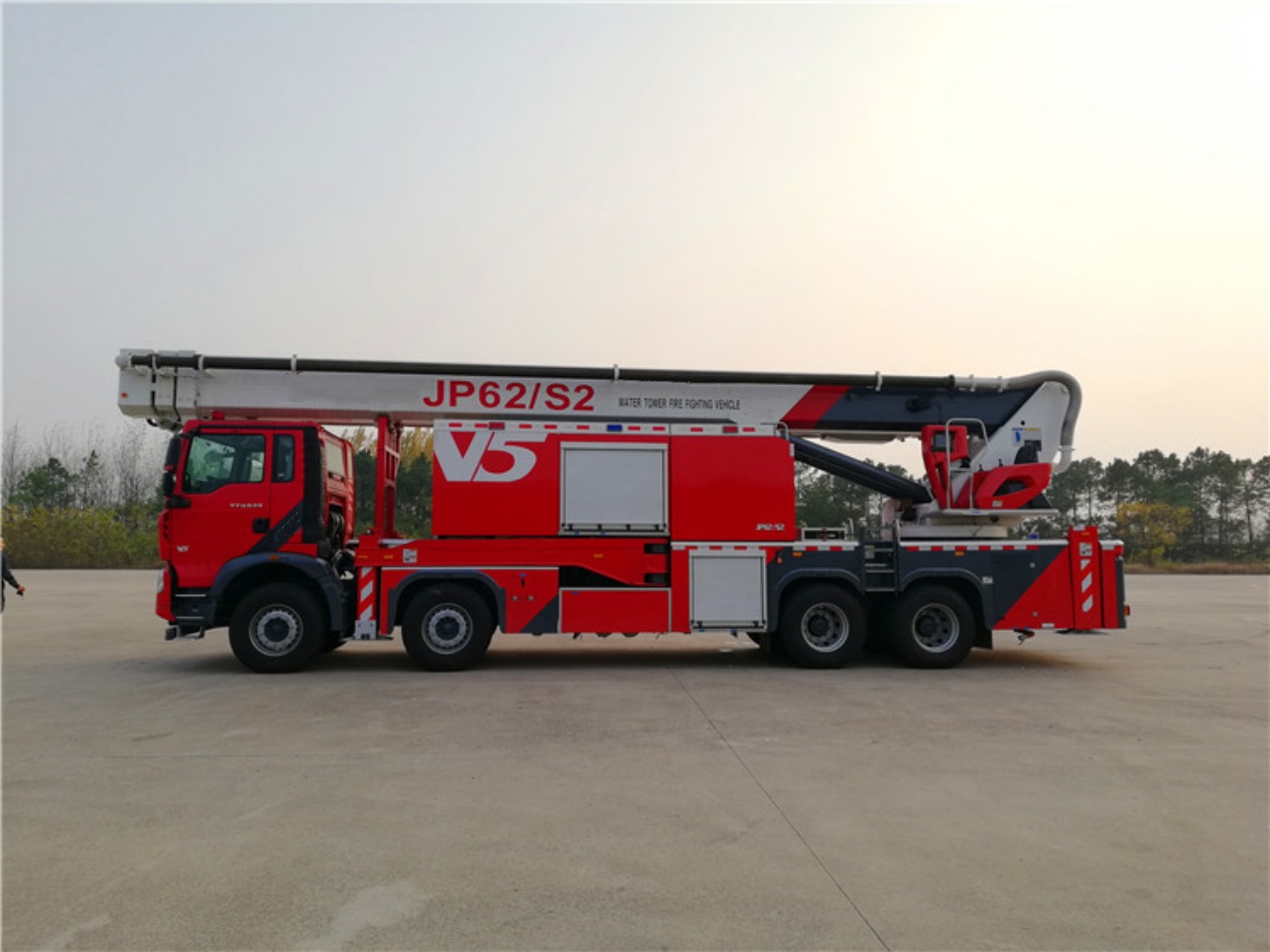
Modern Innovations in Fire Tenders
The fire tender industry has seen several advancements in recent years. Some of the key innovations include:
- Electric Fire Tenders: These reduce emissions and noise, and are being trialed in urban areas with green initiatives.
- Telematics and GPS Tracking: Used to track vehicle location, monitor pump usage, and coordinate multi-vehicle responses.
- Thermal Imaging Cameras: Integrated into tenders or as handheld tools to locate fire hotspots and trapped victims.
Importance in Emergency Response
Fire tenders are indispensable in emergency response for more than just fire suppression. Their versatility allows them to respond to traffic accidents, chemical spills, natural disasters, and even urban search-and-rescue missions. In many regions, fire brigades also provide medical first response, making the fire tender a multi-purpose emergency unit.
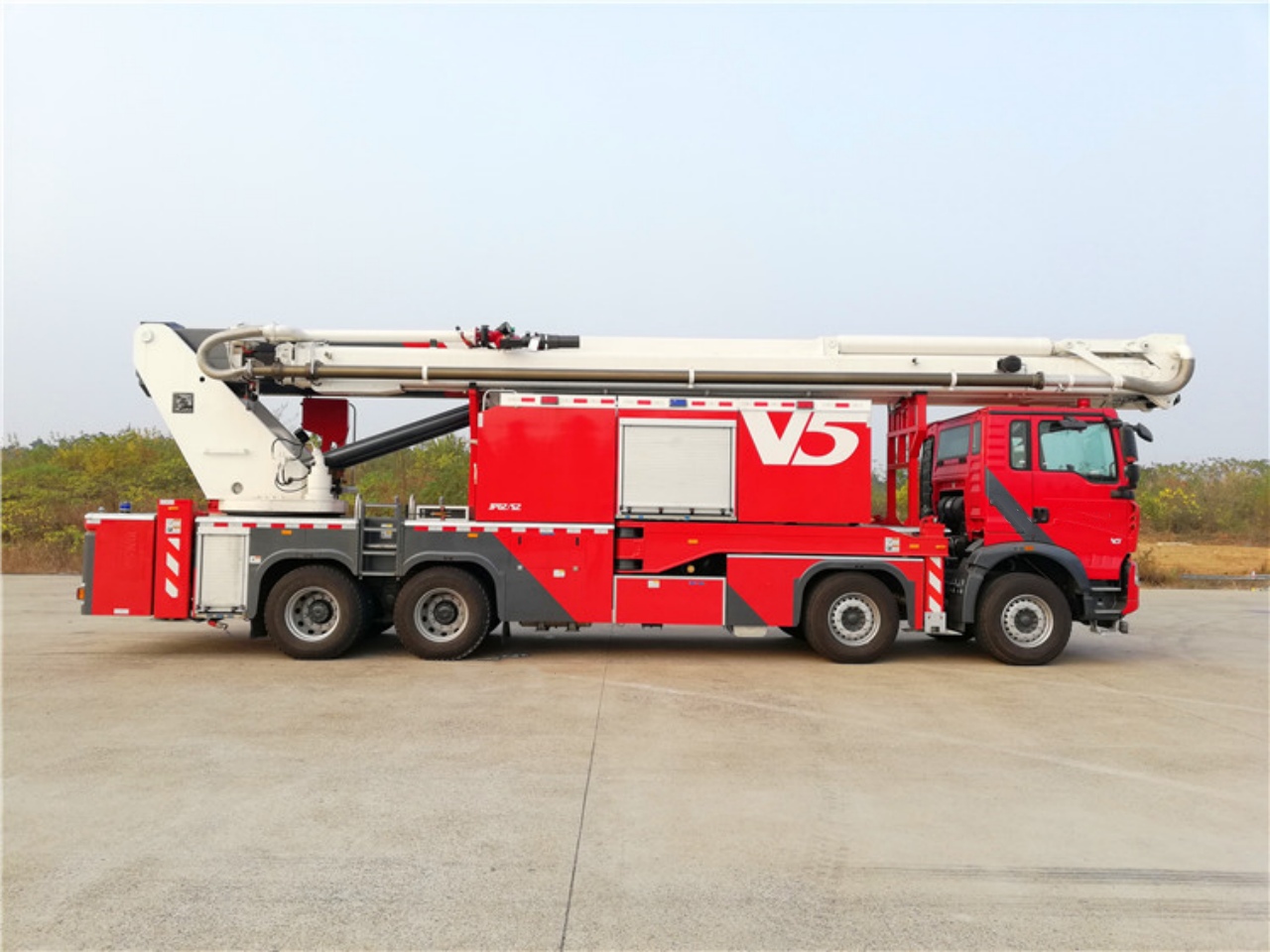
Conclusion
A fire tender is much more than just a vehicle—it is a mobile command center, supply depot, and lifesaving tool all in one. Its ability to carry essential equipment, water, and skilled firefighters makes it a cornerstone of emergency response infrastructure. Whether battling towering flames, rescuing accident victims, or responding to hazardous spills, the fire tender remains a symbol of safety, courage, and public service.
